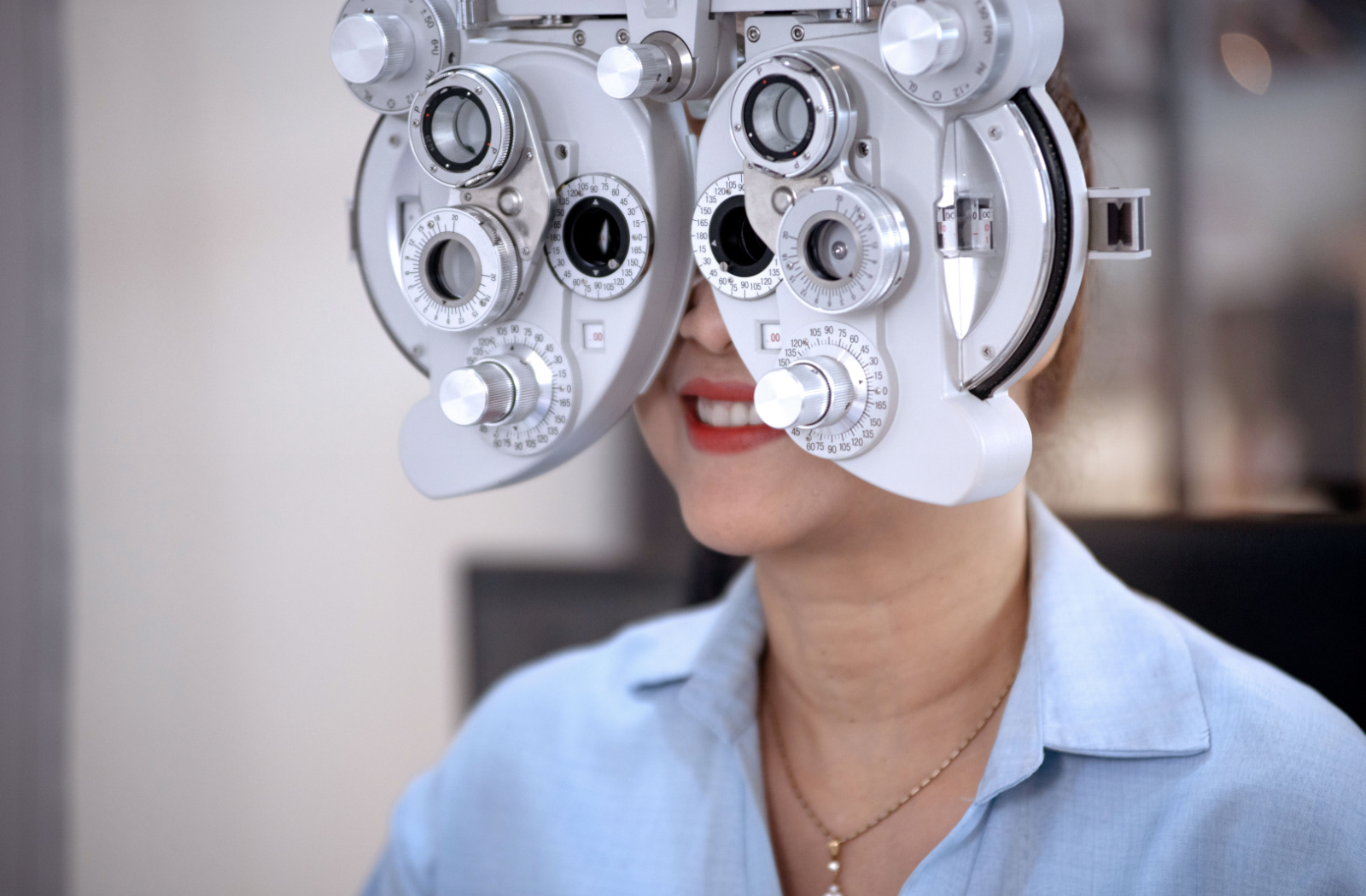Featured
Table of Contents

Regular eye assessments are necessary for keeping excellent vision and finding potential eye health problems early. Nonetheless, the regularity of these tests can vary considerably based upon an individual's age, way of living, and overall health and wellness. Recognizing the suggested routine for eye examinations can help make certain that individuals of every ages get proper treatment and surveillance for their eye wellness.
Newborns and Toddlers (0-2 Years)
For babies and toddlers, eye tests are critical for identifying any kind of potential vision issues beforehand. The American Academy of Ophthalmology recommends that a child's first eye test should happen at around 6 months old. Throughout this preliminary visit, the eye treatment professional will certainly examine the youngster's aesthetic development and look for any kind of noticeable eye issues.Following this very first exam, it is recommended that children have another eye test at age three. This check out will concentrate on evaluating the youngster's overall aesthetic feature, consisting of eye positioning and the ability to track objects. If no concerns are identified, the next exam needs to be scheduled prior to the child starts institution, usually around age 5 or 6.
School-Aged Youngsters (6-18 Years)
Once youngsters reach school-age child, regular eye tests should be arranged every one to 2 years. Vision is vital for discovering and growth, and many schools perform vision screenings. These screenings do not replace an extensive eye test by an eye treatment specialist.For children included in sporting activities or tasks needing considerable visual emphasis, yearly eye tests might be advisable. Furthermore, if a youngster displays indications of vision troubles-- such as difficulty checking out, squinting, or constant headaches-- a check out to the eye physician should be set up as quickly as feasible.
Young Person (19-39 Years)
Young grownups usually have less vision adjustments than older age, but routine eye exams remain necessary. The general recommendation is to set up an eye exam every 2 years during this period. Nonetheless, people with details danger aspects-- such as a family members history of eye condition, diabetes, or those that wear contact lenses-- ought to consider annual eye exams.In addition, those that spend considerable time on digital tools may experience electronic eye stress. If signs such as dryness, exhaustion, or blurred vision occur, it may be smart to see an eye treatment specialist faster.
Adults (40-64 Years)
Adults aged 40 to 64 ought to schedule eye examinations every one to 2 years. Eye examinations can also help identify other typical age-related conditions such as glaucoma, cataracts, and macular degeneration.If people in this age have risk variables like high blood stress or diabetic issues, they might call for even more regular examinations to monitor their eye health and wellness carefully.
Seniors (65 Years and Older)
For elders, routine eye tests become much more essential. The American Optometric Association advises that people matured 65 and older have an eye exam at the very least yearly. Older adults go to a greater threat for different eye illness, consisting of cataracts, glaucoma, and age-related macular degeneration. Early detection and treatment of these conditions can prevent vision loss and improve the high quality of life.Conclusion.
Comprehending the suitable routine for eye tests based on age is essential for maintaining optimal eye wellness throughout life. By adhering to these guidelines and consulting with an eye care specialist, individuals can take proactive actions toward preserving their vision and total wellness.Table of Contents
Latest Posts
Selecting the Right Venue: What to Consider for Wedding Events, Conferences, and Events
Published Mar 17, 25
1 min read
Discover Leisure at the Claridge Indoor Swimming Pool
Published Feb 12, 25
1 min read
An Extravagant Escape: The Claridge Indoor Swimming Pool
Published Feb 03, 25
1 min read
More
Latest Posts
Selecting the Right Venue: What to Consider for Wedding Events, Conferences, and Events
Published Mar 17, 25
1 min read
Discover Leisure at the Claridge Indoor Swimming Pool
Published Feb 12, 25
1 min read
An Extravagant Escape: The Claridge Indoor Swimming Pool
Published Feb 03, 25
1 min read